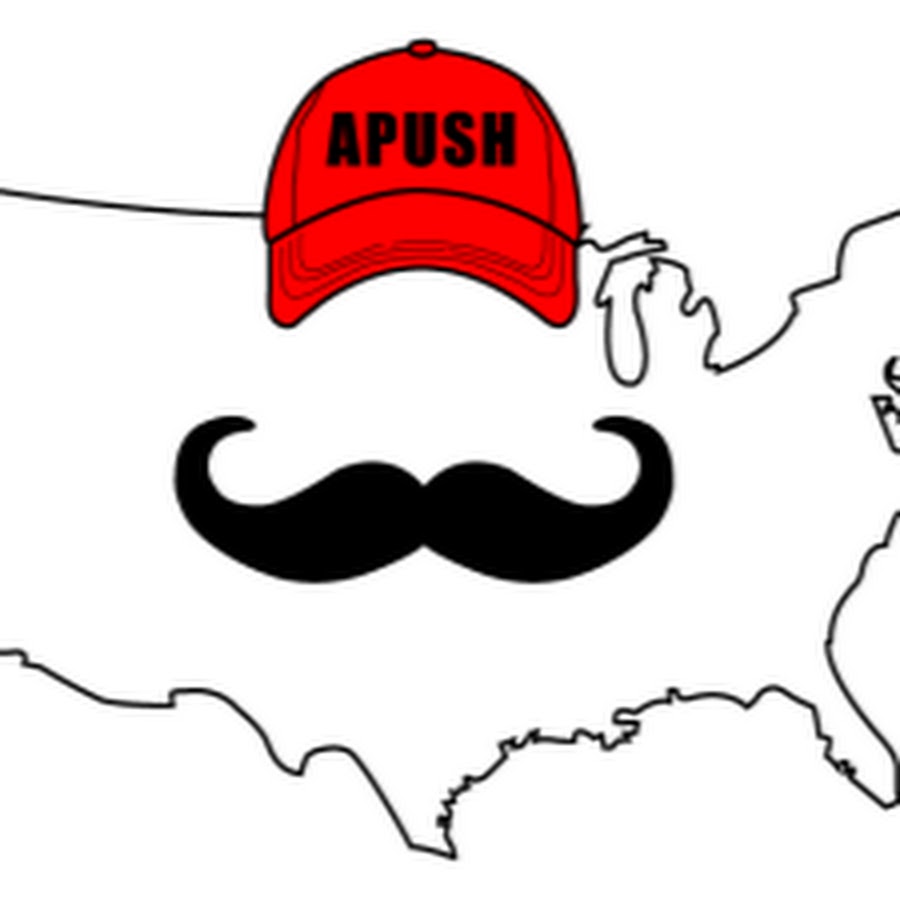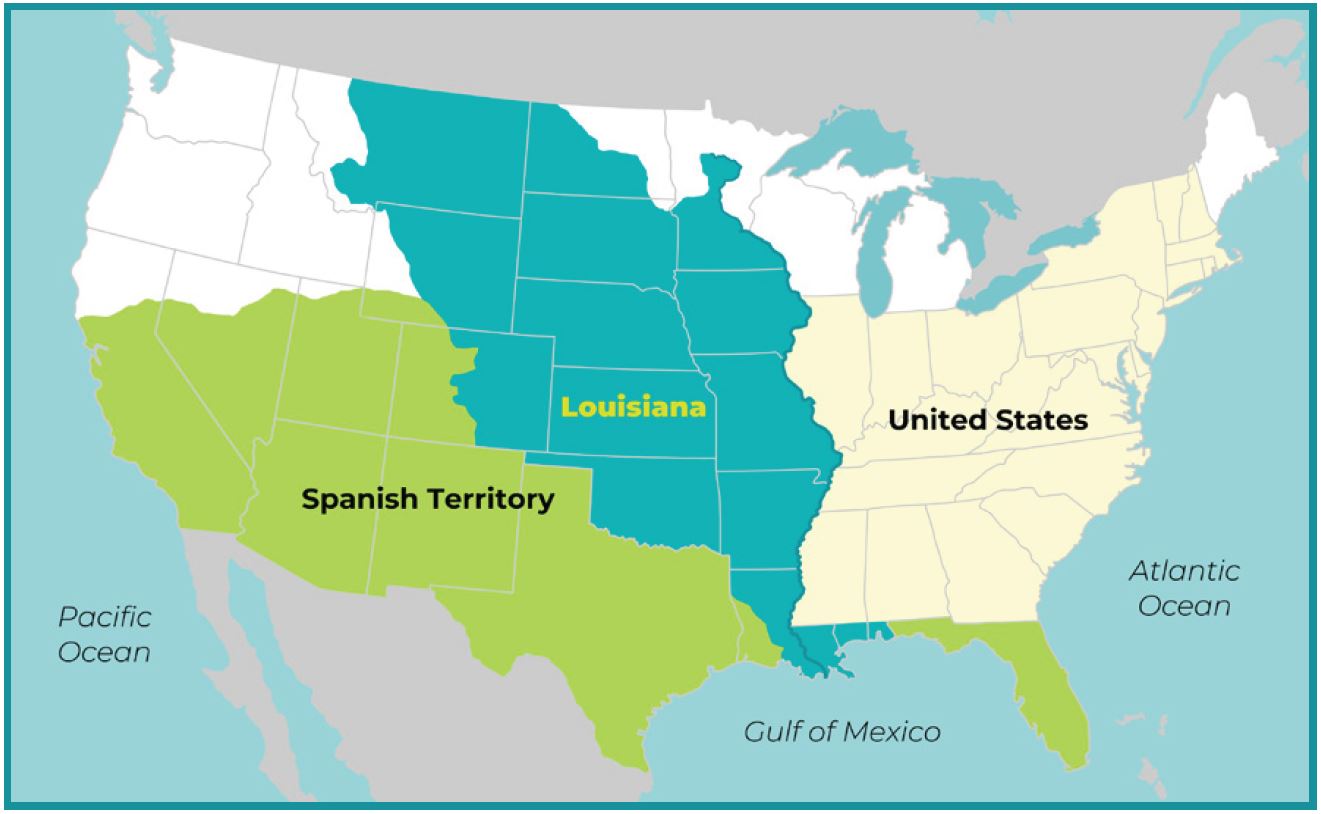Unit 4 Review Resources

Ms. Dickie's Review Video
Ms. Dickie discusses these units in a thematic way which will help best with the written response questions. This time period has more information so the videos are split into multiple parts:
Unit 4 - Part 1: Jefferson's Administration, Causes and Impact of the War of 1812, Madison's Administration, Sectional Tensions, Rise of Democracy in America, & Jackson's Administration
Unit 4 - Part 2: Comparing the Great Awakenings, Reform Movements, Market Revolution, Nativism, Compare Political Parties

Heimler's History
Steve Heimler covers the most important ideas from this unit in one video about 30 minutes long.
If you would like to rewatch videos from this unit based on the key concepts, then view this playlist here: Unit 4 Playlist

APUSH Review with Adam Norris
A review of this entire time period in a 10 minute video. These videos have notes on the screen which may be helpful when writing down key ideas.
If you like these, here are some more from this time period focusing on specific topics: More Period 4 Videos




